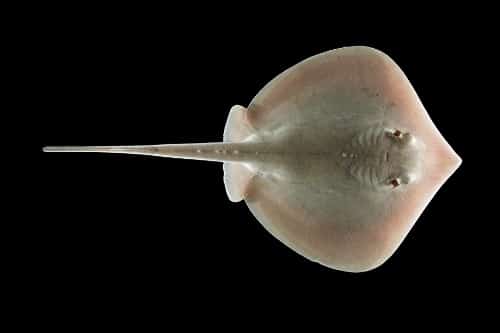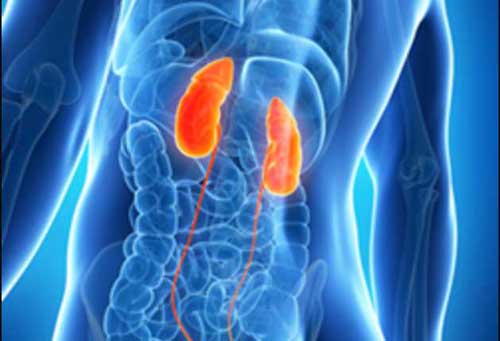New research, led by academics at the University of Bristol and published in the journal Pain, has identified the subtypes of sensory nerve cells that are likely to contribute to long-term nerve pain from partial nerve injury.
It is hoped this will aid in development of more effective pain killers.
New research, led by academics at the University of Bristol and published in the journal Pain, has identified the subtypes of sensory nerve cells that are likely to contribute to long-term nerve pain from partial nerve injury. It is hoped this will aid in development of more effective pain killers.
|
|
Partial nerve injury can be caused by an accident, diseases such as diabetes or result from surgery. Essentially, it results in a) death and degeneration of some nerve fibres which causes inflammation within the nerve, but b) survival of other fibres that continue to conduct through the damaged and/or inflamed nerve. This combination can result in serious long-term neuropathic pain. This neuropathic pain has various different qualities. The most debilitating is the often relentless spontaneous ongoing burning or sharp shooting pain. In addition there may be greater pain than usual in response to normally painful stimuli, as well as extreme tenderness and pain to normal touch or in response to normal movements. There may also be strange, often unpleasant, but non-painful sensations. Neuropathic pain remains very hard to treat clinically. The reasons include incomplete understanding of the types of nerve cells responsible for these different qualities of pain.
Sensory nerve cells have nerve fibres that carry the signals from the tissues, such as skin, muscle and organs, to the central nervous system (CNS). Some are nociceptors or “pain nerve cells”. They sense and signal tissue damage or inflammation; their signals activate pain pathways to the brain, which results in pain. Other types of neurons when activated cause non-painful sensations, such as touch, vibration etc.
The researchers report profound changes in properties of different subpopulations of the sensory nerve cells with surviving uninjuredfibres; these are the focus of their publication in the journal Pain. They observed changes that could account for the different qualities of neuropathic pain as follows. They found spontaneous ongoing firing in different groups of pain nerve cells which would cause ongoing burning and sharp shooting pain; they report spontaneous firing in non-pain nerve cells that could cause the abnormal non painful sensations; they also show increased sensitivity of fast conducting nociceptors which could underlie the increased pain resulting from stimulation of the tissues.
Professor Sally Lawson, Emeritus Professor from the University’s School of Physiology and Pharmacology who led the research at Bristol, said: “We hope that our findings will trigger further studies that will clarify how and why these nerve cells with uninjured fibres running through a damaged nerve change so remarkably and contribute to pathological pain, and determine how to reverse these changes.”
|
|
Dr Laiche Djouhri, the first author, now at Liverpool (Department of Molecular and Clinical Pharmacology), added: “This should help the understanding of how to target pathological pain more effectively, taking into account the different neuron types involved. This may in the longer term help development of more effective pain killers to help sufferers of neuropathic pain.”
The Wellcome Trust-funded research, entitled ‘Partial nerve injury induces electrophysiological changes in conducting (uninjured) nociceptive and nonnociceptive DRG neurons: Possible relationships to aspects of peripheral neuropathic pain and paresthesias’by Laiche Djouhri , Xin Fang, Stella Koutsikou, Sally N. Lawson from the School of Physiology and Pharmacology at the University of Bristol, is published in the September issue of the journal Pain.




